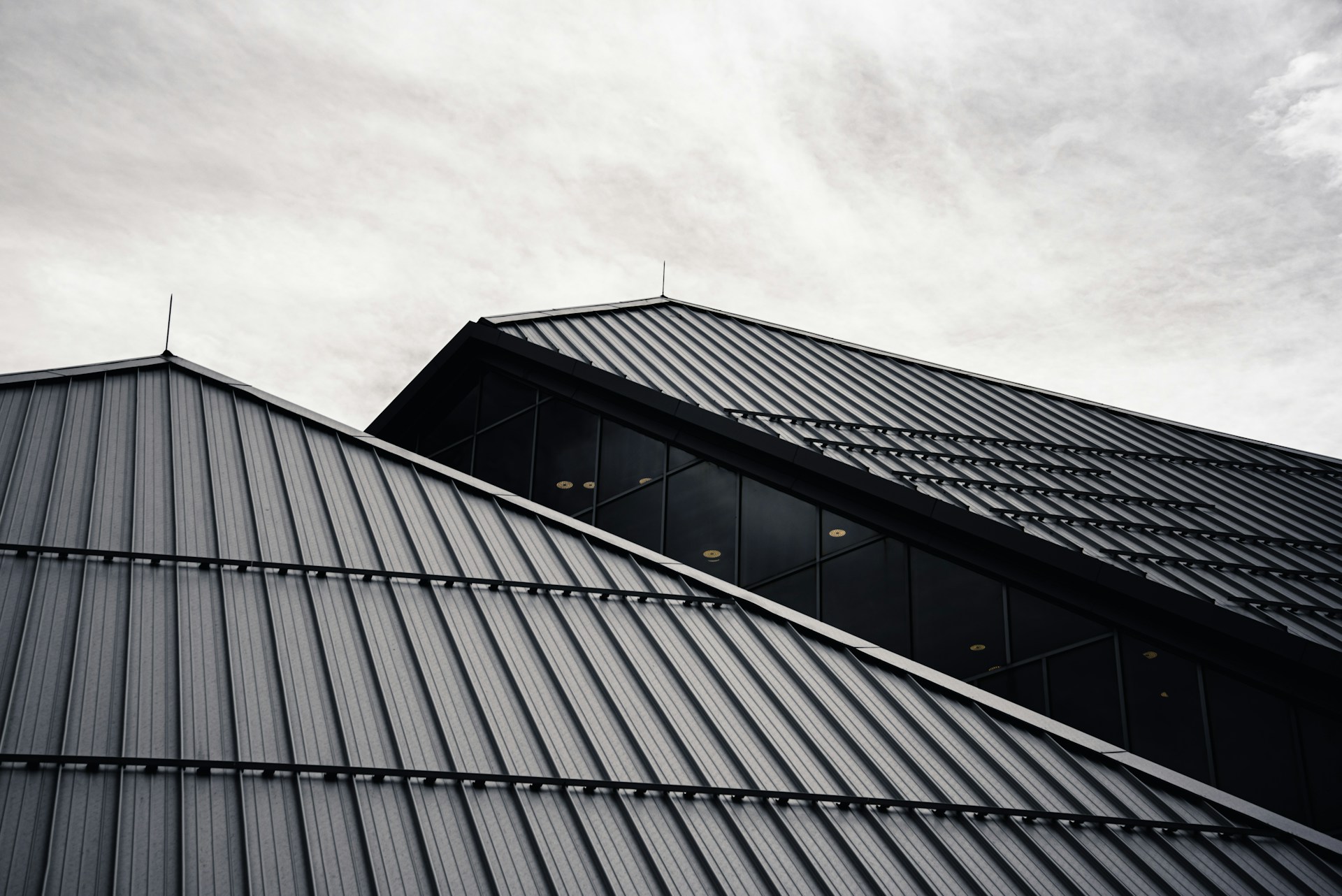If your metal roof has been making loud snapping or popping sounds when the cold weather moves in, you’re not alone. This is a common issue for homeowners in Rapid City, especially when temperatures drop quickly. The noises might startle you at first, but they usually have a simple explanation. That said, ignoring them could lead to bigger problems over time.
While some level of sound from a metal roof is normal as it responds to changes in temperature, regular or very loud popping can be a sign that something needs expert attention. Knowing what’s going on up there helps you figure out your next step without the guesswork. Let’s take a closer look at why these sounds happen and what they could mean for your roof.
Why Does My Metal Roof Make Popping Sounds?
Temperature swings, especially during fall and early winter in places like Rapid City, cause metal to expand and contract. Even minor changes throughout the day can trigger movement in the roofing panels. When those metal pieces shift, they rub against each other or against their fasteners, causing loud popping sounds. That’s the roof’s way of settling, but it’s not something you should tune out completely.
The parts of a metal roof are often bolted or screwed tightly into place. When it gets cold, the metal shrinks, and those materials start to pull in different directions. Later, when the roof warms up, especially from warm sunlight hitting it after a cold night, it expands again. That push and pull is completely natural for metal surfaces, but the strain on fasteners and seams can build up over time if things aren’t installed or supported properly.
For example, a home with a metal roof that was added on top of older layers or not given enough space to move might start making these noises earlier than expected in the season. If the popping is too frequent or seems louder than it used to be, it’s probably more than just temperature changes. That’s when a more serious inspection is needed.
Common Causes Of Noises In Metal Roofs
Some popping here and there isn’t always a warning sign, but certain factors can make those noises worse. If one or more of the following is present, the odds go up that your roof might be trying to tell you it needs help.
1. Expansion and contraction of panels: Roof panels shift as they heat and cool. If there’s not enough room for them to move, pressure builds up where they meet or attach, which can cause louder sounds.
2. Loose or worn fasteners: Screws and bolts often start to loosen over time, especially with older roofs. When metal moves and the fasteners aren’t tight, it creates more gaps and popping.
3. Building movement or settling: All homes settle with time. If your structure moves slightly, it can shift how the roof panels line up and interact. That puts extra tension in unexpected places, which leads to clicking, popping, or even creaking sounds.
4. Panel overlaps: If panels were installed with large overlaps or without proper spacing, those areas rub past each other during temperature changes. That’s one of the most common causes of sharp roof noises in colder months.
These sounds don’t always signal danger, but when they get louder, more frequent, or happen even without a major temperature swing, it’s time to have a professional take a look. Small problems like loose screws or poorly placed panels can grow into leaks or damage if left alone through the winter season.
How to Address Popping Sounds in Your Roof
When a metal roof starts making a racket during cold spells, it’s worth getting checked out by someone who knows what to look for. Those snapping or tapping sounds aren’t always a quick fix. A small issue like a shifted panel or stretched screw hole can turn into long-term damage, especially with Rapid City’s wind, snow, and freeze-thaw cycles dragging things along.
Metal roofs rely on precision. Panels have to move a little, but not too much. Fasteners must be tight, but not forced. If anything shifts even slightly from its intended position, the popping gets louder and more frequent. That’s something only a trained contractor can properly assess. They can spot early signs of fatigue or misalignment and recommend options before the damage extends beneath your roof surface.
Here’s how a professional metal roof repair contractor typically handles the problem:
- Thorough inspection – They’ll start by examining every panel, edge, and fastener. This helps them figure out if any materials have shifted or come loose.
- Fastener and screw corrections – Over time, screws may back out or lose grip. Contractors can replace or tighten them with tools meant for metal roofing to reduce panel movement.
- Check for improper installation – Sometimes the original setup didn’t leave enough room for expansion. A pro can suggest adjustments or replacements if the layout is the root of the noise.
- Sealant and insulation evaluations – If cold air is sneaking under the panels, it increases movement. Proper sealing and insulation help regulate temperatures and minimize extreme panel flexing.
Trying to guess your way through the problem rarely works out. Instead, you save time and stress by letting someone who understands metal roofing handle the work. They’ve seen every wrong fastener and poorly aligned panel before. A focused visit from a contractor means peace and quiet when cold weather hits again.
Seasonal Maintenance Tips for Metal Roofs
In places like Rapid City, roofs take a beating through the winter and don’t always bounce back on their own. The seasonal swings in temperature, plus snow and ice buildup, can push metal panels to their limits. Once spring rolls in, it’s a smart time to schedule a checkup for your roof.
Instead of waiting for strange sounds or visible leaks, regular inspections catch problems before they get worse. Spring is perfect for this. The snow has melted, the panels are more visible, and it’s warm enough to make repairs without delay.
Here are a few practical steps contractors recommend each season:
- Inspect metal joints and seams after winter to spot gaps or movement
- Replace worn gaskets, washers, or rubber seals where moisture may have built up
- Check fasteners to make sure none are backed out or stripped
- Look for minor dents or bent panels—these can expand and contract oddly and make more noise
- Clean out debris build-up under flashing, which can trap moisture and affect panel movement
If a metal roof has shifted during a long freeze, early spring is when those stress points start to show. Getting them handled now prevents problems in summer, like leaks during heavy rain or further panel shifting in the heat. It’s really about keeping your roof tight and tuned throughout the year instead of fixing bigger headaches down the road.
Keep Your Home Quiet and Comfortable
No one likes a noisy roof, especially when it interrupts sleep or makes the house feel unsettled during cold spells. While many of those popping sounds come from natural metal behavior, some point to real problems underneath that grow quietly over time. Having the popping looked into early can mean fewer issues and less money spent in the long run.
A roof that cracks and pops with no sign of letting up likely needs more than just time. With regular maintenance and some skilled attention, you can keep those sounds to a minimum or stop them from happening again.
If you’re hearing strange noises overhead this season, or suspect cold weather has triggered deeper issues in your roof’s structure, it’s time to get ahead of it. A reliable metal roof repair contractor in Rapid City can help you figure it out quickly, safely, and without the guesswork.
To keep your home quiet and comfortable throughout the year, don’t let those loud roof noises go unchecked. Trust RainTite Roofing & Construction to provide skilled help as your dependable metal roof repair contractor. Discover how we can help with expert installation, repair, and replacement services tailored to your roof’s unique needs.

